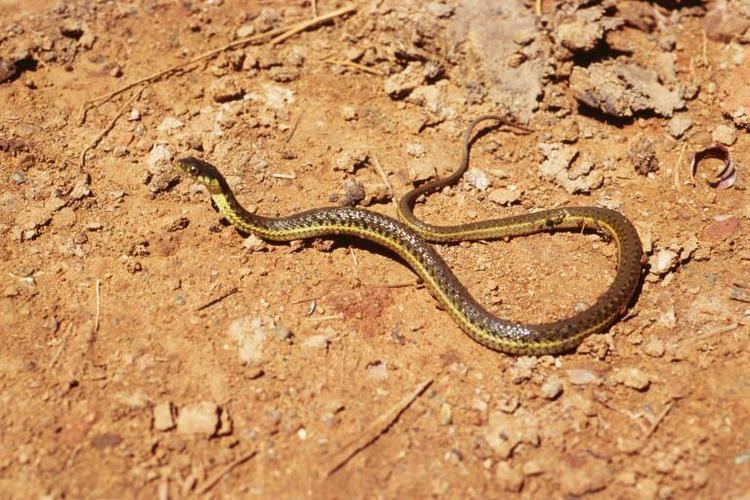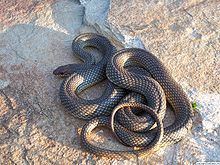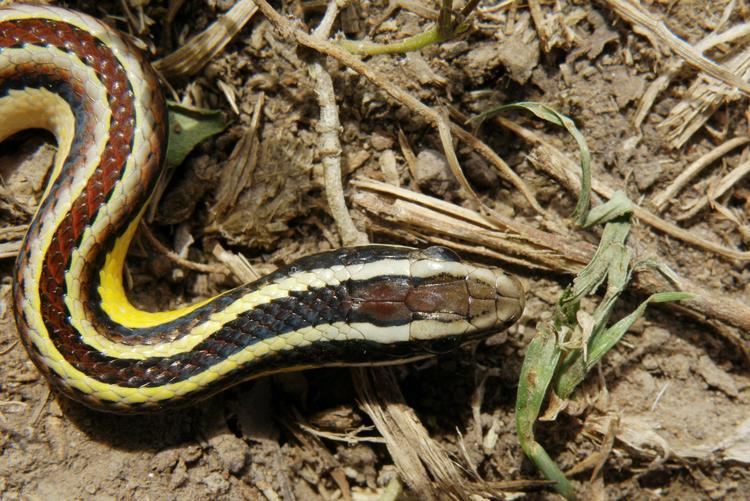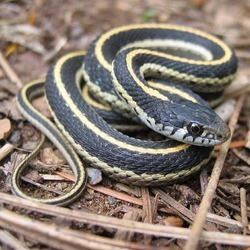Family ColubridaeOppel, 1811 Mass Corn snake: 900 g Higher classification Alethinophidia | Scientific name Colubridae Lifespan Corn snake: 6 – 8 years | |
 | ||
Length Corn snake: 1.2 – 1.8 m, Philothamnus semivariegatus: 17 cm Lower classifications | ||
Chironius exoletus colubridae snake
The Colubridae (from Latin coluber, snake) are a family of snakes. With 304 genera and 1,938 species, they are the largest snake family, and include about two-thirds of all known living snake species. The earliest species of the family date back to the Oligocene epoch. Colubrid species are found on every continent except Antarctica.
Contents
- Chironius exoletus colubridae snake
- Reptile exam snake family colubridae avi
- Description
- Classification
- References

Reptile exam snake family colubridae avi
Description

While most colubrids are not venomous (or have venom that is not known to be harmful to humans) and are mostly harmless, a few groups, such as genus Boiga, can produce medically significant bites, while the boomslang, the twig snakes, and the Asian genus Rhabdophis have caused human fatalities. Colubridae also include the few species of actually poisonous snakes, notably Rhabdophis tigrinus, the Japanese grass snake or yamakagashi, the difference between poisonous and venomous being that venom requires direct administration (i.e. intravenous injection) and poison can be administered indirectly (i.e. skin contact or ingestion).

Some colubrids are described as opisthoglyphous, meaning they have elongated, grooved teeth located in the back of the upper jaw. The opisthoglyphous dentition appears at least twice in the history of snakes. These are unlike those of vipers and elapids, which are located in the front.
Classification

The Colubridae as traditionally defined are not a natural group, as many are more closely related to other groups, such as elapids, than to each other. This family has classically been a "garbage bin taxon" for snakes that do not fit elsewhere. Additional research will be necessary to sort out the relations within this group.

Subfamily Boodontinae (some of which now treated as subfamily Grayiinae of the new Colubridae, others moved to family Lamprophiidae as subfamilies Lamprophiinae and Pseudaspidinae)
Subfamily Calamariinae
Subfamily Colubrinae – nearly 100 genera
Subfamily Dipsadinae (which some authors rank as family Dipsadidae with subfamilies Dipsadinae and Xenodontinae)
Subfamily Homalopsinae (now family Homalopsidae) – about 10 genera
Subfamily Natricinae (which some authors rank as family Natricidae) - about 30 genera
Subfamily Pareatinae (now family Pareatidae) - three genera
Subfamily Psammophiinae (now a subfamily of Lamprophiidae)
Subfamily Pseudoxenodontinae (which some authors rank as family Pseudoxenodontidae)
Subfamily Pseudoxyrhophiinae (now a subfamily of Lamprophiidae) – about 20 genera
Subfamily Xenoderminae (now family Xenodermidae, sometimes incorrectly spelled Xenodermatidae)
Subfamily Xenodontinae (which some authors put in the new Dipsadidae family) – some 55–60 genera
incertae sedis
